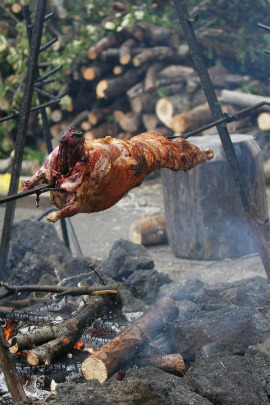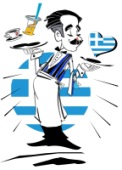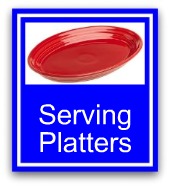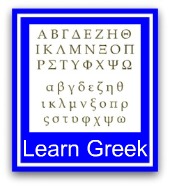|
LAMB ON THE SPIT - ARNI STI SOUVLA
There is always much anticipation and planning of this Easter meal. After the 40 days of lent when meat is one of the main foods that people abstain from (and in Greece this is still followed by a large percentage of the population), the lamb will be the first meat they have and the thought of tucking in to such tasty meat after a long abstinance inspires an eagerness to participate and contribute in the preparation. In Greece, Easter Sunday is a very social occasion and there will always be large gatherings for the lamb, people from the neighbourhood, friends, family and all will be invited, it is always a big affair, and people will be turning up slowly through the morning, bringing plates of food, boxes of sweets from the Zacharoplasteion or bottles of their favourite wine. Everyone will take turns at turning the spit, or helping out with other preparations, and long tables are prepared under the shady trees for the company and children to all sit down together to wine, dine and enjoy the company. So great is this day, most people will linger on till early evening, not wanting the wonderful day to end. Whole lambs will have been ordered in plenty of time from their favourite butchers and on Easter saturday the lambs will be picked up from the butchers and taken home and prepared ready for an early start on the sunday.
PreparationThe instructions given here are for a whole lamb. You use a rotiserie, either motorised or hand turned. You will need 1 whole lamb, skinned and gutted. In Greece, the lamb will come with the head on, which many people consider a delicacy. Outside of Greece, I don't know how easy it is to get it that way. Ask your butcher to prepare the whole lamb for you as instructed. (As not a lot of butchers get orders for whole lamb, you will have to be specific, especially to leave it whole, not cut up into portions!) Make sure the lamb is cleaned inside and out, if not, clean it. To season the lamb, first in a bowl put a good quantity of cooking salt, ground black pepper and oregano (Greek rigani). Mix together. Take the skewer/spear of the rotisserie and insert it into the animal, first through the backside of the lamb, through the body and out through the head, coming out through the mouth. If you do not have the head, you will need to secure the opening of the neck area to the skewer, by tying it on. One of the purposes of the head is to secure the upper body in place. Place a thin long piece of wood along the spine of the body. Take some wire and pierce it through the back of the carcass, next to the spine, around the skewer, and out the back in line with the other wire, on the other side of the spine. Tie the two ends together over the wood, which creates a loop, or circle. Do this a few times to support the spine and help hold it all together.Now wrap the entire animal in greaseproof paper, and secure well with either wire or string that won't burn. Prepare the cooking area. On the morning When ready, some people will take a large platter, hold it under the roast lamb and cut parts of the lamb off whilst it is still on the spit, letting it drop onto the platter.Alternatively, remove from the heat, cut apart and serve immediately. Serve the lamb with tzatziki, greek salad, fried zucchini, steamed greens and plenty of fresh crusty bread. Free flowing red wine, Greek style! Along with the lamb on the spit, it is traditional in Greece to cook Kokoretsi in the same way, on a spit over the coals. This is served a little ahead of the lamb, as a starter, along with other appetizers.
|























New! Comments
Have your say about what you just read! Leave me a comment in the box below.